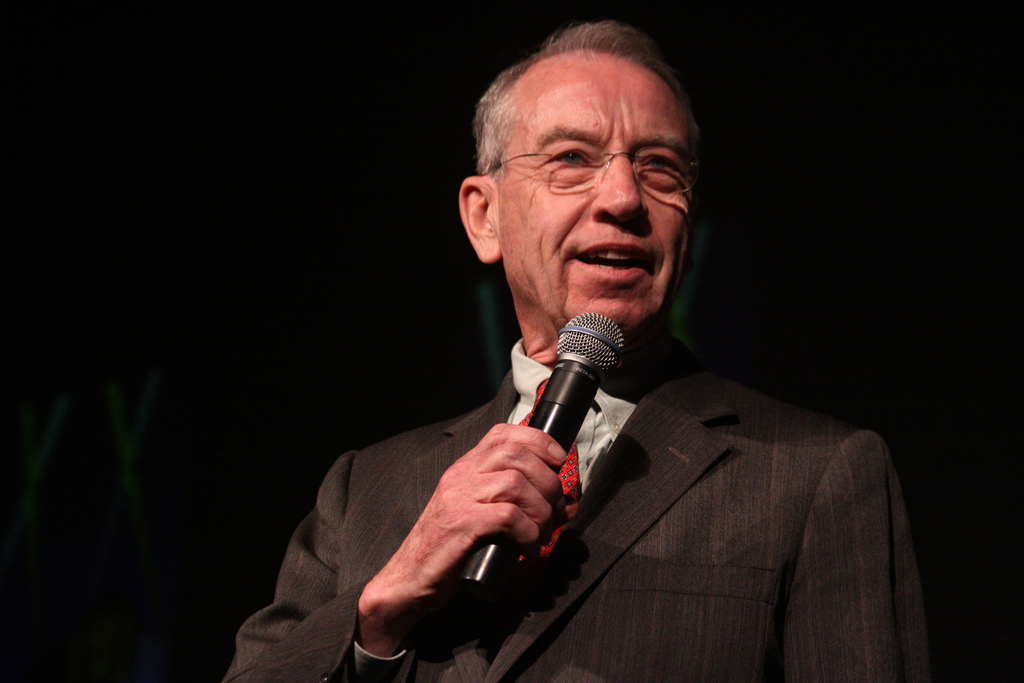Transgender characters now being placed in TV shows to indoctrinate public to “normalcy” of trans children, scientists confirm
08/24/2017 / By Ethan Huff

It’s obvious at this point that Hollywood has a nefarious agenda with its entertainment programming, and the latest perversion being pushed at breakneck speed is transgenderism. Movies, television shows, and even news reports are all increasingly pushing transgenderism as normal, something that a new study says is actively changing the way that the public thinks about this issue.
It used to be that nearly everyone recognized transgenderism as being a mental disorder in need of therapy. But now it’s just another gender identity, thanks to a slew of shows that feature transgenders in a positive light. Researchers looked at how these shows shape the minds of their viewers, finding that the more people are exposed to transgenderism on the screen, the more they feel positively about it.
Take the USA Network series Royal Pains, which features a transgender teenager played by transgender activist Nicole Maines. Of the 488 regular viewers of the show who were interviewed as part of the study, 391 of them, or roughly 80 percent of them, say they felt a positive attitude towards transgender people and related policies, including the allowance of students to use whichever bathroom they see fit that matches their perceived gender.
As it turns out, the fictional storyline for Royal Pains was found to be more effective at making people accept transgenderism than the real-life transformation of Bruce Jenner into “Caitlyn,” which according to the research had no effect on people’s attitudes. Other fictional shows that feature transgenders, like Netflix’s Orange is the New Black, were found to have similar effects on viewers, brainwashing them into adopting a transgender-supportive attitude.
The more transgender-supportive shows that people watch, the study also found, the more likely these viewers are to not associate their political ideologies with their attitudes towards transgender folks. In other words, increased exposure to transgender lifestyles causes people to become less morally inclined to object to them, which increases public acceptance of transgenderism all the more.
“While media visibility of transgender people reached new levels in recent years, little has been known about the effects of that visibility,” says Traci Gillig, a doctoral candidate at the University of Southern California (USC) Annenberg School for Communication and Journalism, noting that this is the first study of its kind to ever look at the subject of media programming and this particular brand of social engineering.
“Our study shows the power of entertainment narratives to influence viewers’ attitudes toward transgender people and policy issues.”
The purpose of mainstream media is to brainwash the masses
Conducted in collaboration with Hollywood, Health & Society, or HH&S, a program of the USA Annenberg Normal Lear Center, the study will serve as a dataset for teaching Hollywood producers how to better manipulate the public into accepting media content that they would otherwise reject or hold a moral obligation to. That’s the purpose of HH&S: To function as a free resource for the entertainment industry to develop new storylines for this type of media programming.
“We worked closely with the Royal Pains writers, connecting them with medical experts and providing information for the storyline,” says HH&S Director Kate Langrall Folb.
HH&S Senior Research Associated Erica Rosenthal agrees, noting the power of media to change the way people think about major issues. By exposing the public to heavy doses of transgender normalization propaganda, Hollywood has a unique “in” to indoctrinate the next generation into believing that all forms of social perversion, including transgenderism, are completely normal and natural.
“Watching TV shows with nuanced transgender characters can break down ideological biases in a way that news stories may not,” Rosenthal is quoted as saying. “This is especially true when the stories inspire hope or when viewers can relate to the characters.”
Sources for this article include:
Tagged Under: indoctrination, media, normalization, propaganda, social engineering, Study, trans children, transgender




















